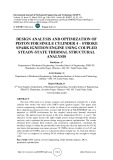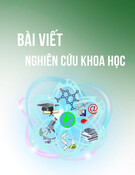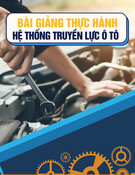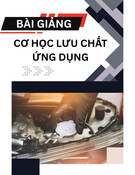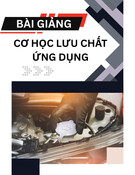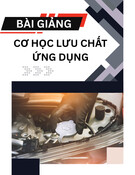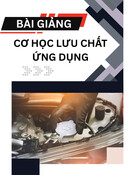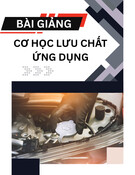
http://www.iaeme.com/IJMET/index.asp 1044 editor@iaeme.com
International Journal of Mechanical Engineering and Technology (IJMET)
Volume 10, Issue 03, March 2019, pp. 1044-1054. Article ID: IJMET_10_03_105
Available online at http://www.iaeme.com/ijmet/issues.asp?JType=IJMET&VType=10&IType=3
ISSN Print: 0976-6340 and ISSN Online: 0976-6359
© IAEME Publication Scopus Indexed
DESIGN ANALYSIS AND OPTIMIZATION OF
PISTON FOR SINGLE CYLINDER 4 – STROKE
SPARK IGNITION ENGINE USING COUPLED
STEADY-STATE THERMAL STRUCTURAL
ANALYSIS
Pandiyan, A*
Department of Mechanical Engineering, Saveetha School of Engineering, SIMATS,
Thandalam, Saveetha Nagar, Chennai – 602 105. Tamil Nadu, India.
Arun Kumar, G
Department of Mechanical Engineering, Sathyabama Institute of Science and Technology,
Chennai – 600 119, Tamil Nadu, India.
Daniel Nikedh, D
4th Year Students, Department of Mechanical Engineering, Saveetha School of Engineering,
SIMATS, Thandalam, Saveetha Nagar, Chennai – 602 105. Tamil Nadu, India.
*corresponding author
ABSTRACT
The aim of the study is to design, analysis and optimization of piston for a single
cylinder four stroke over head valve (OHV) spark ignition engine. This paper used
reverse engineering techniques, in order to obtain of an existing physical model. A
three-dimensional piston has been created with the help of SOLIDWORKS and, it is
imported to ANSYS environment for the coupled steady-state thermal structural
analysis. The material used for piston is Die Cast Aluminium (DCA) 1, 2, and 3. The
objective of this paper focuses the light weight piston design through finite element
analysis, and to optimize the piston design using parametric optimization. The results
obtained from coupled field analysis and parametric optimization, concluded the
modified design is within the permissible limit along the selected materials for DCA2
and shows the maximum von misses stresses 78.75MPa, factor of safety (n) is 5.67 and
yield strength of 165MPa and it is reduced the piston weight was 12.14 grams which is
7.42% less as compared to existing DCA1 without comprising the strength to weight
ratio.
Key words: OHV, piston, reverse engineering, finite element analysis, DCA,
parametric optimization.






